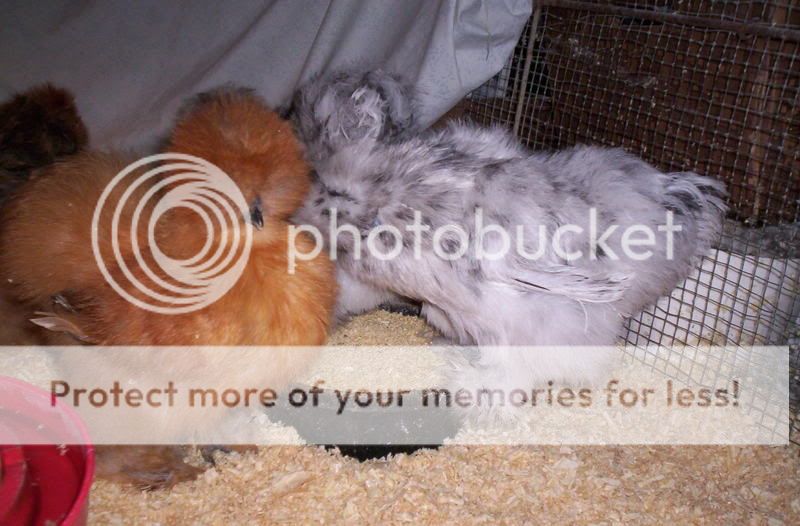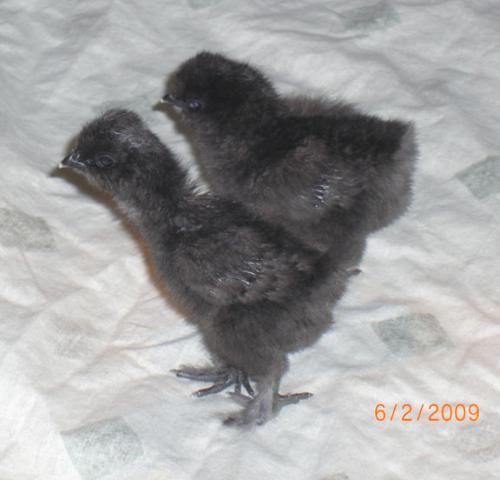thanks destiny for clarifing the gene coloring.
It seems a little confusing tho if you stick with same colors, that would be the better bet.
one more question.... if you breed self colors, you should get either or on the coloring except if one is white? Then they should be all whites....?
don't mix buffs, for real buff colors. and Partridges are a crap shoot.
now, is mylilchix's beauties going to be partridges or buffs? can you tell at this stage? I don't think buffs, b/c i see the black on the wings, correct? is this a test...lol
chickencoop, thanks for your info too.
Melinda
thanks for letting me jump in on the thread.
It seems a little confusing tho if you stick with same colors, that would be the better bet.
one more question.... if you breed self colors, you should get either or on the coloring except if one is white? Then they should be all whites....?
don't mix buffs, for real buff colors. and Partridges are a crap shoot.
now, is mylilchix's beauties going to be partridges or buffs? can you tell at this stage? I don't think buffs, b/c i see the black on the wings, correct? is this a test...lol
chickencoop, thanks for your info too.
Melinda
thanks for letting me jump in on the thread.
















